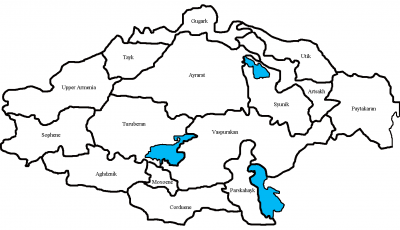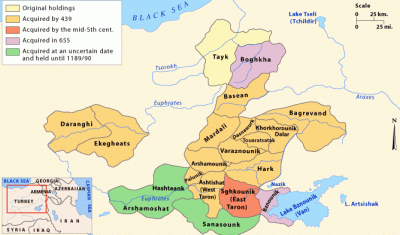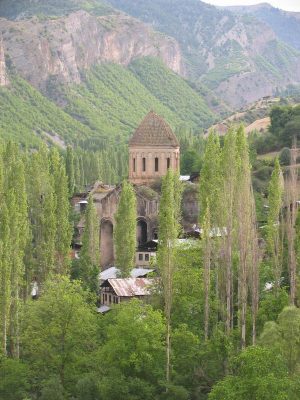Administration
Tortum (Turtum) was a sancak in Erzurum Eyalet.
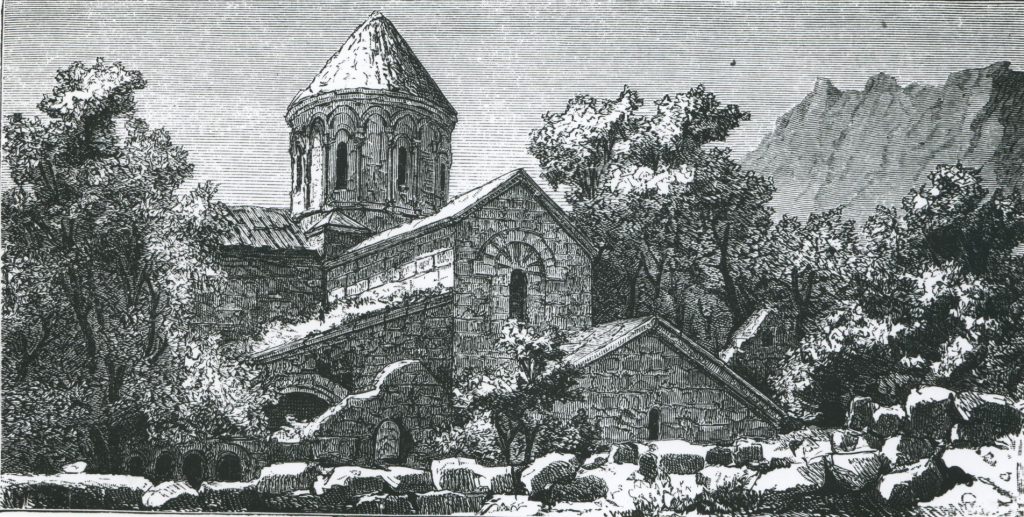
Population
Georgians and Armenians made up the vast majority of the population in Tortum. During Georgian rule, half of the ethnic Armenian population became Chalcedonians and joined the Georgian Orthodox church, while the rest of the Armenians remained part of the Armenian Apostolic church. In the early Ottoman period the region was predominantly Christian but acquired a Muslim majority in the mid-18th century, as Georgian population fled to inner provinces of Georgia. Armenian cleric Hakob Karnetsi (Jacob of Karin/Erzurum) recorded in the 1650s that a man named Mullah Jaffar took census and placed heavy taxes in the region, causing the Armenian Chalcedonians to convert en masse to Islam. The Muslim Armenians continued to speak Armenian well into the early 19th century when they were Turkified.
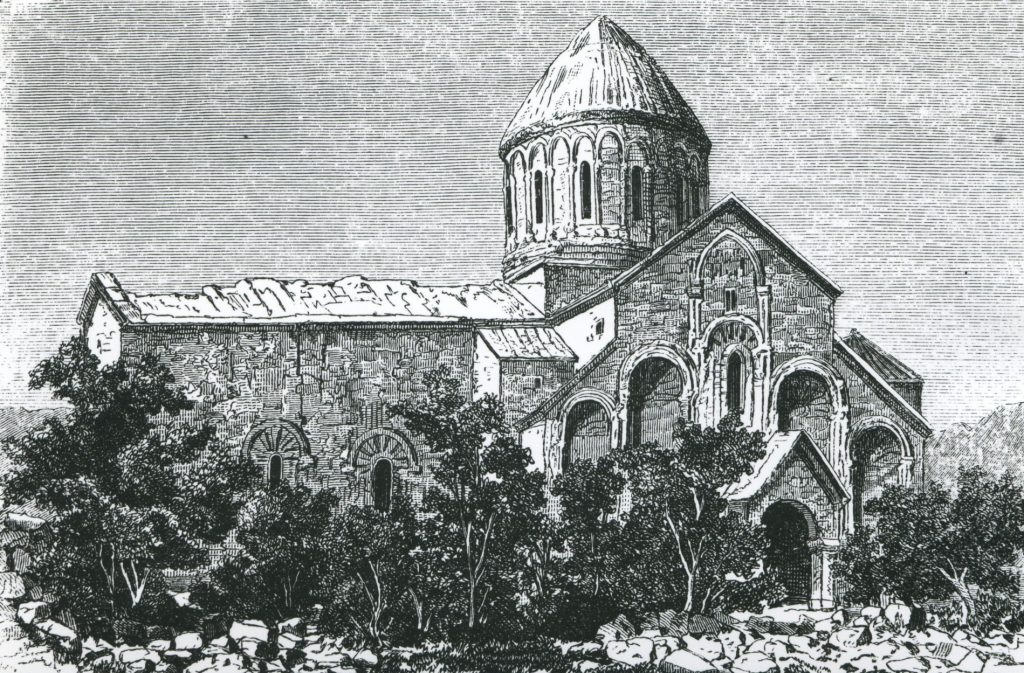
According to the census of the Armenian Patriarchate of Constantinople, on the eve of WW1 2,829 Armenians lived in 13 villages and towns of the Kaza Tortum, maintaining 14 churches, one monastery and 3 (?) schools.[1] In the early 19th century the administrative seat Tortum had a population of 8,000; of these, 5,000 were Armenians. Due to persecutions, some Armenians had converted to Islam, and many had left the town.[2]
Settlements with Armenian population
Թորթում (վարչական կենտրոն), Ազորդ, Ազուշեն, Աղասեր, Աղբաձոր, Աղրջիկ, Ապրնես, Ասպիշեն, Բարդոսանց, Բլուր, Գեղիկ, Զխեկ (Ծխիկ), Էգրեկ (Ագրակ), Էշքիձոր, Էռշք, Էոշքևան, Էվեք (Արգիք), Ընկուզեկ, Թորթում բերդ, Թև, Լսկավ Վերին, Լսկավ Ստորին, Խախու, Խաշուտ, Խասպերիկ, Խնձորիկ Վերին, Խնձորիկ Ստորին, Կարս (Հարս), Կոչանց, Ձկնաջուր, Ձկնավոր, Ձնավոր, Ղազարենց, Մաքիձոր, Մեղրագոմ, Մեղուս, Նորաշեն, Շիփեկ, Պար, Պոչենց, Սխտորուտ, Սուրբ Օհան, Վախթիկանց, Վարդաշեն, Վերին գյուղ, Վխիկ, Վսրեք (Ֆիսրեք) բերդ, Տանքար, Փշկնոց, Քրընկոց, Քսիխա, Քլագոմ, Քորքեր։
Tortum (administrative center), Azord, Azushen, Aghaser, Aghbadzor, Aghrjik, Aprnes, Aspishen, Bardosants, Blur, Geghik, Zkhek (Tskhik), Egrek (Agrak), Eshkidzor, Ershk, Eoshkevan, Evek (Argik’), Enkuzek, Tortum Berd, Tev, Lskav Verin, Lskav Storin, Khakhu (Trk. : Haho), Khashut, Khasperik, Khndzorik Verin, Khndzorik Storin, Kars (Hars), Kochants, Dzknajur, Dzknavor, Dznavor, Ghazarents, Mak’idzor, Meghragom, Meghus, Norashen, Chip’ek, Par, Pochents, Skhtorut, Surb Ohan, Vakhtikants, Vardashen, Verin gyur, Vkhik, Vsrek’ (Fisrek) fortress, Tank’ar, P’shknots, Krnkots, K’skikha, K’lagom, K’ork’er.[3]
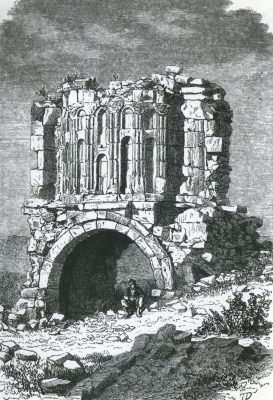
History
Tortum was part of the area known as Diaueni, Tayk or Tao and was ruled by Hayasa-Azzians, Diauehi, Urartians, Iberians, Armenians, Romans, Persians and Byzantines. Tortum was first a part of some proto-Armenian states (Hayasa-Azzi; Urartu), the proto-Georgian Kingdom of Iberia (4th – 2rd centuries B.C.) and the Kingdom of Greater Armenia (2nd century B.C. – 5th century). Between the 9th and 16th century it was part of the Kingdom of the Iberians, Kingdom of Georgia and Georgian principality of Samtskhe-Saatabago. It became an Ottoman vassal in the early 16th century and was annexed in 1550.
The area of Tortum was contested by the Safavids and the Ottoman Empire in the 16th-17th century but remained Ottoman after 1625. During World War I, Ottoman troops crossed Tortum in the disastrous Battle of Sarikamish. Then the Russians occupied the town and held it between 1915 and 1917. After the February revolution of 1917 they left it to the Armenians. The Ottoman army advanced some time later and captured Tortum on 16 March 1918.
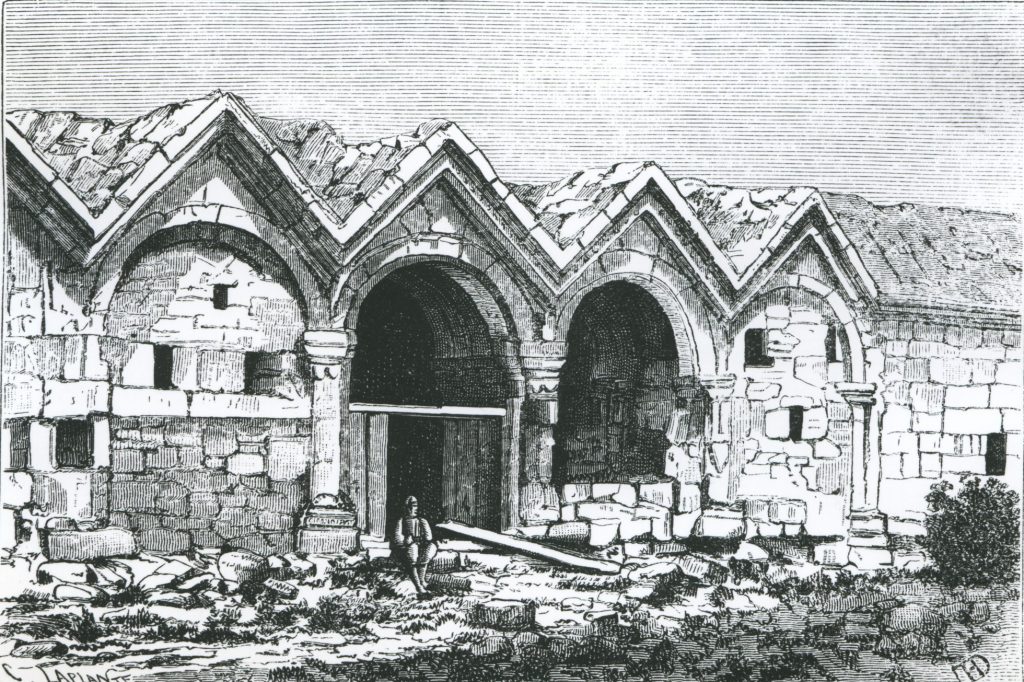
Destruction
“Of the fate of the 13 villages in the kaza of Tortum (pop. 2,829), where the Third [Ottoman] Army had its headquarters, and the two neighboring localities in the kaza of Narman (pop. 458), we know nothing at all. At most, we can hazard a guess that the presence of Armenian peasants in the immediate vicinity of the army’s headquarters was not tolerated for long. The complete absence of eyewitness reports even suggests that there were no survivors from these districts – that their fate was similar to Ispir’s.”[4]
